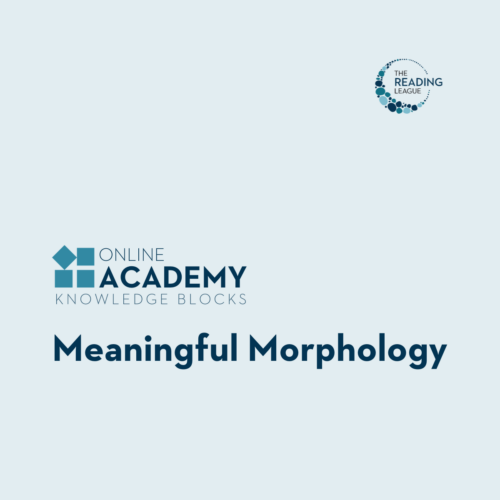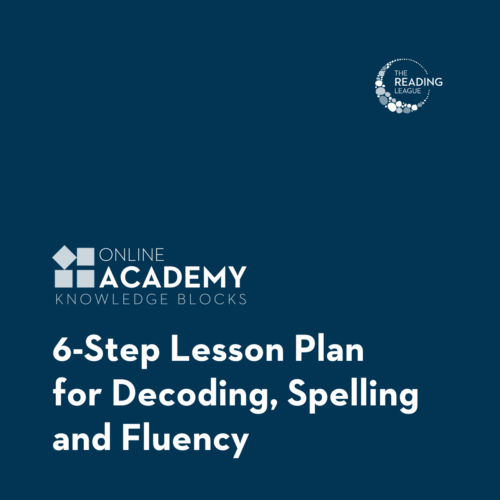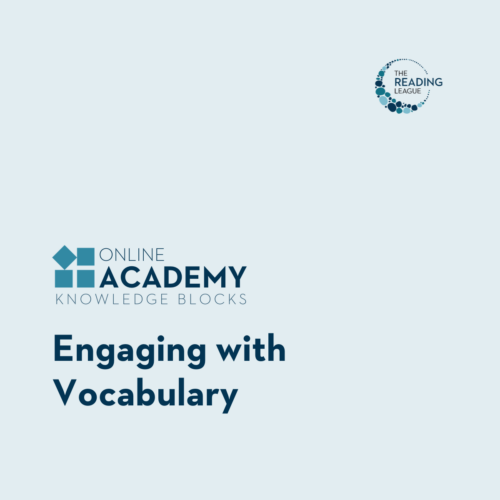The Simple View of Writing
Description:
You may be familiar with the Simple View of Reading, but did you know there is also a Simple View of Writing (SVW)? In this Knowledge Block, participants will learn about the subcomponents of the SVW, and receive practical instructional guidance for each. We will also share a process you and your colleagues may use to analyze your current approach to writing instruction and determine how well it is aligned with the SVW.
Who should take this Knowledge Block:
- K-5 educators and administrators
- Secondary educators who work with long-term developing readers
What you will learn:
- The components of the Simple View of Writing and their subcomponents
- What research says about handwriting/keyboarding and their impact on written expression
- Additional factors that contribute to written performance
- A process to analyze instructional alignment to the SVW
Materials provided:
- 3 brief videos on pencil grip
- PDF handout on correct pencil grip
- 2 articles on handwriting
- PDF of all slides in handout form
Certifications:
- Certificate of Completion
The Simple View of Writing
$200.00
Two key factors contribute to skilled written expression. Participants will learn the subcomponents of these factors, with a particular emphasis on the importance of handwriting fluency.
Additional Knowledge Blocks

Meaningful Morphology
Knowledge of morphology provides insight into both the meaning and spelling of words. Participants will deepen their knowledge of morphology while also learning key features of morphological instruction in the classroom.

6-Step Lesson Plan for Decoding, Spelling, and Fluency
Participants will learn how to plan and implement engaging, evidence-aligned, 6-Step lessons to teach the phonemic and phonic skills necessary for efficient decoding, spelling, and fluency.

Reading and Spelling Multisyllabic Words
Learn the 6 major syllable types in English and instructional routines for teaching students to read and spell multisyllabic words.

Assessing for Dyslexia
When assessing for dyslexia, there are specific test measures and key interpretations needed to render a dyslexia classification. Participants will examine case study data and discuss recommendations for interventions and accommodations.

Engaging with Vocabulary
Participants will learn how to decide which vocabulary words to teach and a sample routine for explicit instruction.

Science of Reading Overview & Word Recognition Bundle
Save $200 with this four session bundle! Perfect for anyone new to the science of reading or for anyone who wants to deepen their understanding of how skilled reading develops.

Building Oral Language to Boost Comprehension & Composition
Oral language is the foundation for future reading and writing tasks. Participants will learn how to integrate opportunities for oral language development in the classroom.

Phonic Knowledge: What, Why, and How?
Students need phonic knowledge to read and spell efficiently. Participants will learn the six major syllable types of English and an assessment tool to plan for instruction.

Rethinking RTI: Where Are We Now?
Participants will learn the intent behind Response to Intervention (RTI), what has actually happened in schools, and what this means in today’s unique contexts.